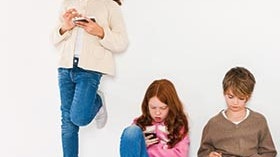Homepage
•
Learning Library
•
Blog
•
From taboo to trending: Formerly restricted, social media is the new learning tool in classrooms
Expand breadcrumbs
Expand breadcrumbs
- Learning Library
- Blog
- From taboo to trending: Formerly restricted, social media is the new learning tool in classrooms
- Homepage
- •
- Learning Library
- •
- Blog
- •
- From taboo to trending: Formerly restricted, social media is the new learning tool in classrooms
From taboo to trending: Formerly restricted, social media is the new learning tool in classrooms
By Gail Marshall
December 21, 2015








